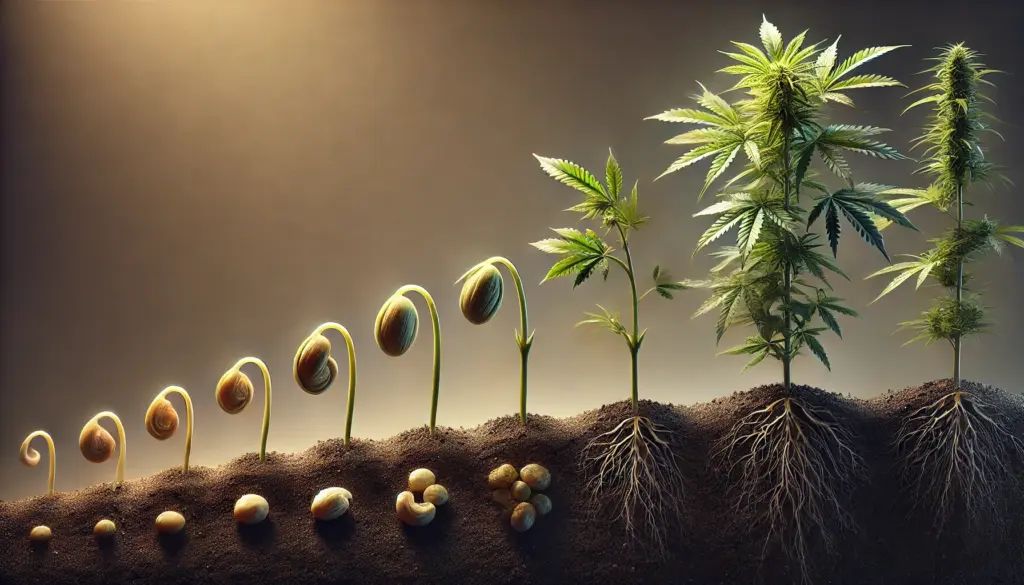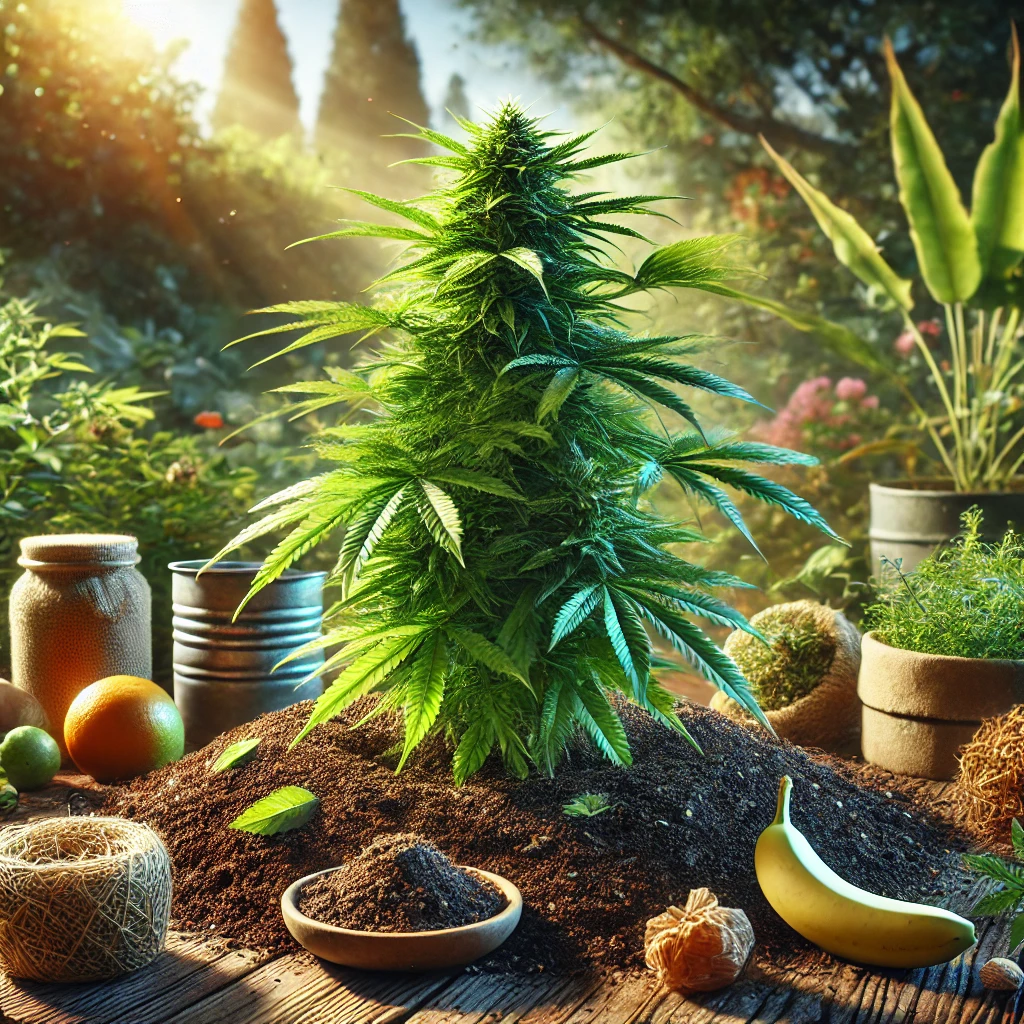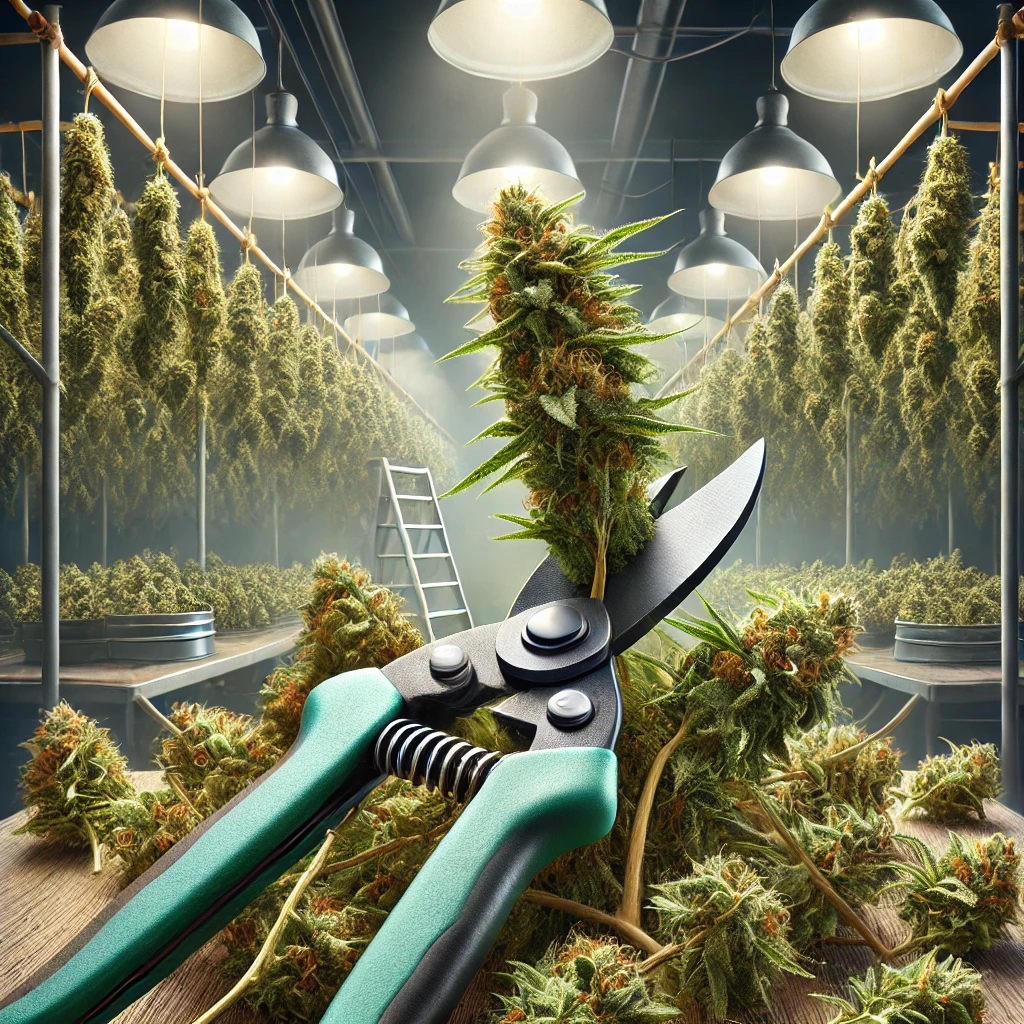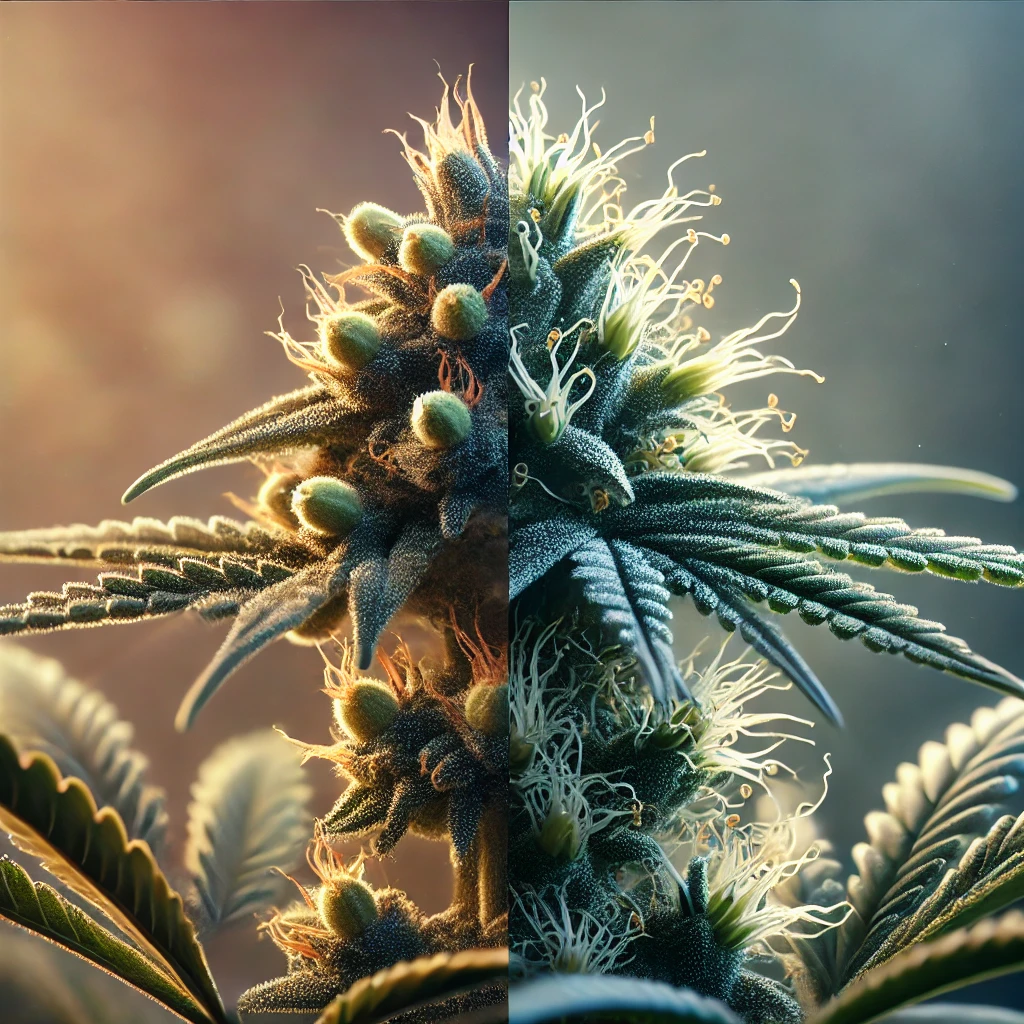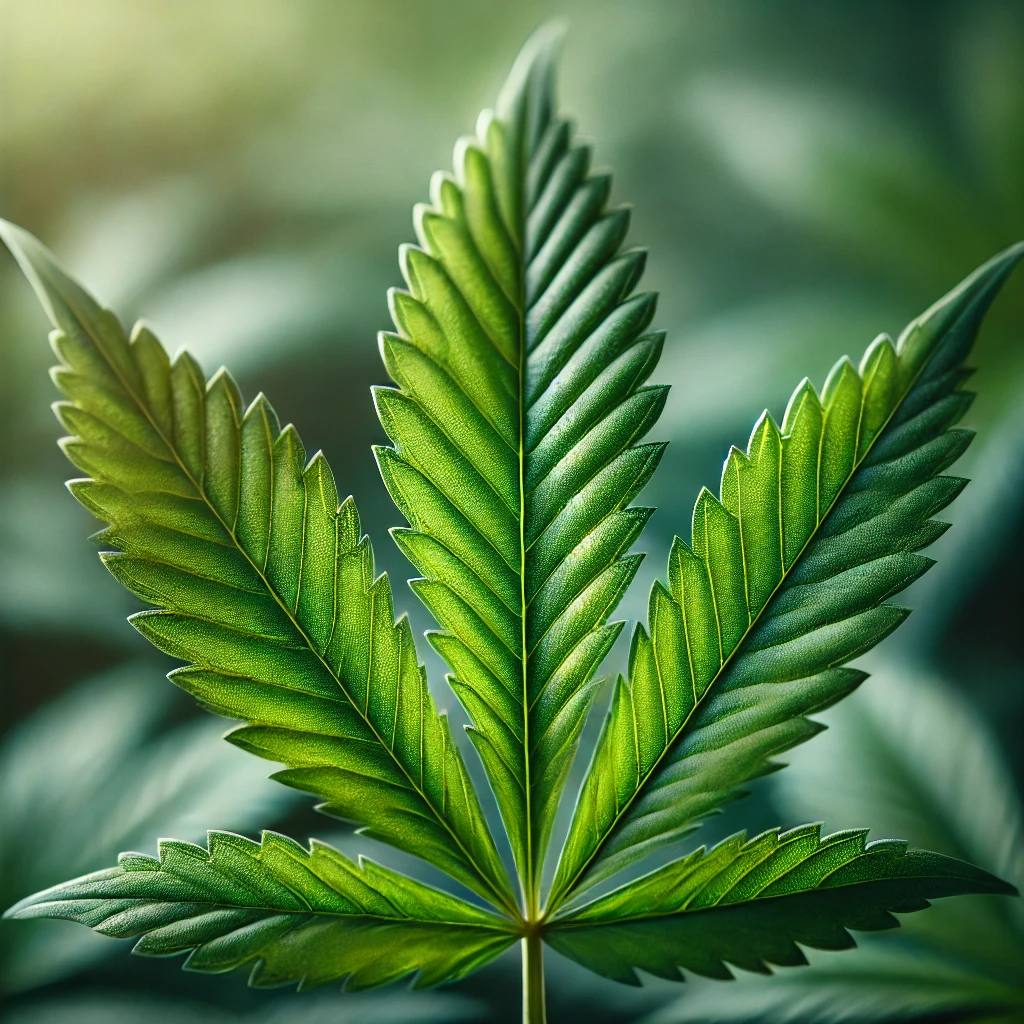Cannabis clubs in Barcelona: complete guide
If you’ve heard of cannabis clubs in Barcelona, you’re probably wondering how they actually work, what legal requirements they have, and how it’s different from other places where cannabis is consumed. These spaces, also known as cannabis associations, are private non-profit entities that bring together adults interested in sharing a regulated environment for the use of cannabis. Far from being businesses open to the public, they operate under strict membership rules and cannot freely advertise or sell their products. Many of them have also started offering products rich in CBD, a non-psychoactive component that is gaining popularity among those looking for milder alternatives. Understanding how it works is key before trying to join, not only to respect the law, but also to ensure that you choose a safe, responsible, and transparent environment. From here we are going to tell you all the essentials to move safely in this world. What is a cannabis club and how do they work in Barcelona? A cannabis club is a private association made up of people of legal age who share the goal of having joint and controlled access to cannabis in a closed environment. Unlike a shop, free access by customers is not allowed: only registered partners can enter and participate in its activities. This responds to the idea of “shared self-consumption” regulated within the association. In addition to offering meeting spaces, some clubs organise information workshops, cultural activities or sessions on risk reduction. It is common for them to include products with different proportions of Tetrahydrocannabinol (THC) and CBD in their catalog, which allows members to choose options that fit their tolerance or needs. CBD does not produce psychoactive effects and can soften some effects of THC, which is why it has become a sought-after option for those who prefer a lighter experience. Understanding this dynamic helps distinguish serious, regulated clubs from those that operate outside the rules, a key point if you want to avoid legal risks or penalties. Legal framework and regulations in force The regulations on cannabis clubs in Barcelona have evolved a lot in recent years. According to Barcelona City Council, these associations can only operate as private non-profit entities and with restricted access to their members. In addition, they must meet location, ventilation, safety, hygiene and capacity control requirements. Local ordinances state that they cannot advertise or promote cannabis use and must keep an up-to-date membership register. Municipal inspectors make regular visits and may order the closure of clubs that do not comply with the regulations. In terms of substances, THC is a psychoactive compound subject to strict regulation, while CBD is legal as long as it comes from licensed varieties and contains less than 0.2% THC. Many clubs include it in the form of flowers, oils or cosmetics for those looking for alternatives without euphoric effects. Knowing this legal difference is key to understanding what you can find in these spaces and why they are so closely monitored. How to become a member of a cannabis club Joining a cannabis club in Barcelona is not as simple as arriving and entering: it requires complying with certain steps that guarantee safe and legal operation. It is usually required to be over 18 or 21 years old (depending on the club), reside in Spain and have the recommendation of an active member. This endorsement is important because it shows that you are not an occasional consumer trying to access as a tourist. Once the application has been accepted, you will be asked to sign a registration form and hand in your documentation (ID card or passport). In that instance they will inform you about the internal rules, your rights and responsibilities. They also often explain the catalog of products available, including CBD-rich strains for those looking for mild options or those that counteract the more intense effects of THC. This admissions process protects the association and its members, ensuring that everyone knows and respects the rules. In addition, it allows to create a safer and more responsible environment for those who participate. Main cannabis clubs in Barcelona There are dozens of cannabis clubs in Barcelona, but not all of them work equally transparently. Some stand out for their track record, their legal compliance and the quality of their facilities. Among the factors that you should take into account when choosing are the seriousness of the administration, the social atmosphere, cleanliness, compliance with the regulations and the diversity of products available. An important point is that the responsible clubs usually subject their flowers and extracts to laboratory analysis, guaranteeing controlled levels of THC and CBD and the absence of contaminants. Asking for these certificates is a way to know if you are dealing with a place that takes care of the health of its members. You can also look for verified reviews or ask acquaintances who are members, although remember that each club is different and what is ideal for one may not be ideal for another. Choosing calmly is part of the experience. Good practices and safety in clubs Serious cannabis clubs promote a safe and responsible environment. This includes hygiene policies, adequate ventilation, capacity control and staff training to respond to any health problems. In addition, they often remind members that use should be limited to the interior of the premises and should not be shared with non-members. Another key aspect is education about the effects of different substances. Many clubs report that CBD can attenuate some adverse effects of THC, such as anxiety or increased heart rate, so it is recommended for those who are inexperienced or prefer a milder effect. Having this information allows each person to make more conscious decisions and avoid unexpected reactions. Maintaining a healthy and respectful environment not only protects each member, but also the continuity of the clubs in the face of the authorities. The more responsible your practices, the less risk there is of closures or sanctions. Frequently asked questions about cannabis clubs in Barcelona Many doubts arise

